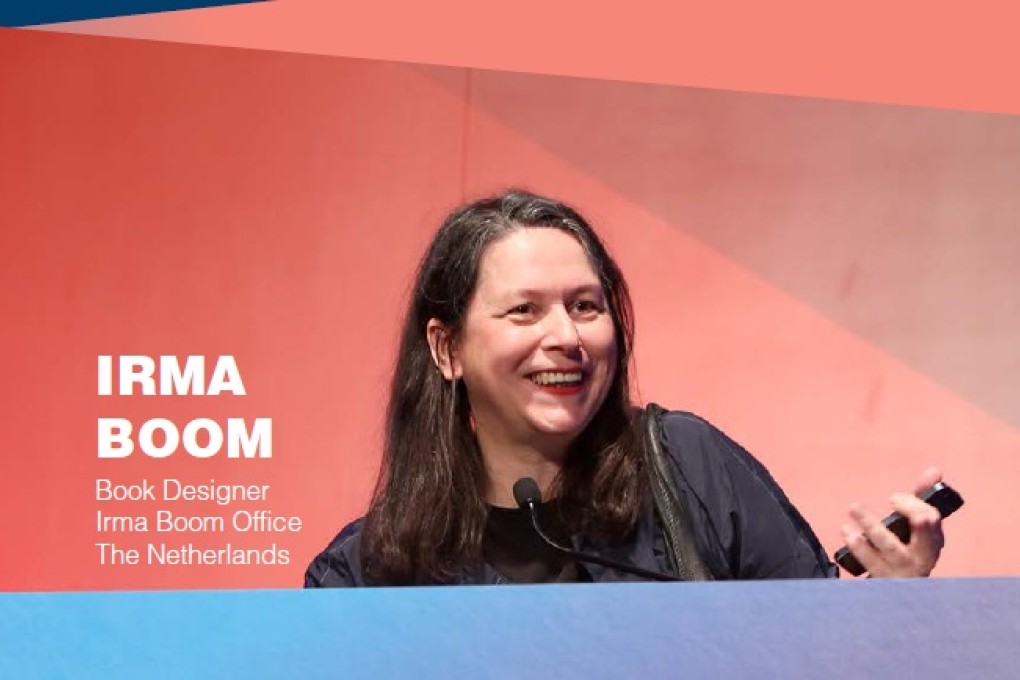Problem solver does not judge a book by its cover
“I feel like I’m juggling plates in the air. I work day and night,” says Irma Boom, book designer and founder of Irma Boom Office, in Amsterdam. Attending Business of Design Week for the second time, Boom gives as many lectures and talks as she can, as a mechanism to get her away from her desk.

“I feel like I’m juggling plates in the air. I work day and night,” says Irma Boom, book designer and founder of Irma Boom Office, in Amsterdam. Attending Business of Design Week for the second time, Boom gives as many lectures and talks as she can, as a mechanism to get her away from her desk.
Despite her current work, Boom first attended painting school. “I think as an artist there is a necessity to create. I don’t have that; I need the starting spark to come from someone else. I’m always working because I make very individual books, which is time-consuming,” says Boom, who calls herself a designer.
The spark that Boom needs is found in the content. “I always start with doubt, so I read – that helps me to collaborate with the person commissioning the project,” she explains. Referring to the relationship as collaboration, Boom requires freedom when she works. “Even at school, the most important thing is freedom – for that, you need trust. That creates a lot of responsibility. If I don’t have that, I don’t do the project because it won’t work,” she admits. Boom says that students must remain true to themselves.
To find such convictions, students and designers alike need a good argument for what they do. “To express yourself, you need to know why you are proposing the idea, then there is no question,” Boom says. She doesn’t discuss things like colour, because she believes that the content is more important. And she has thought deeply about the notion of a book. “I hate PDFs,” she says. “Books are physical objects. The architecture of a book is about size and proportion and the distribution of text,” she theorises.
If design is about solving problems, then Boom goes about things differently. “People come to me with an idea and think I will solve it, but really, I create a problem that I want to solve – that is really interesting, because finding a new question is more important than the answer,” she says.
The maker of extraordinary books – some of which don’t use ink or which fit in the palm of your hand – Boom says that patrons usually have a thought or idea they want to create with her. “I read all the books I make. Most designers don’t read and that’s a problem. I stay close to the projects I do. My books look different because of their content; it’s not the style. What I make is very specific,” she says, adding that she can never use an idea twice.
Boom recently produced a book for artist Olafur Eliasson. Already familiar with his work, she had met the artist a few times and felt that there was mutual admiration and trust between them. “We both respected each other’s work – that’s the highest level of collaboration,” she says.